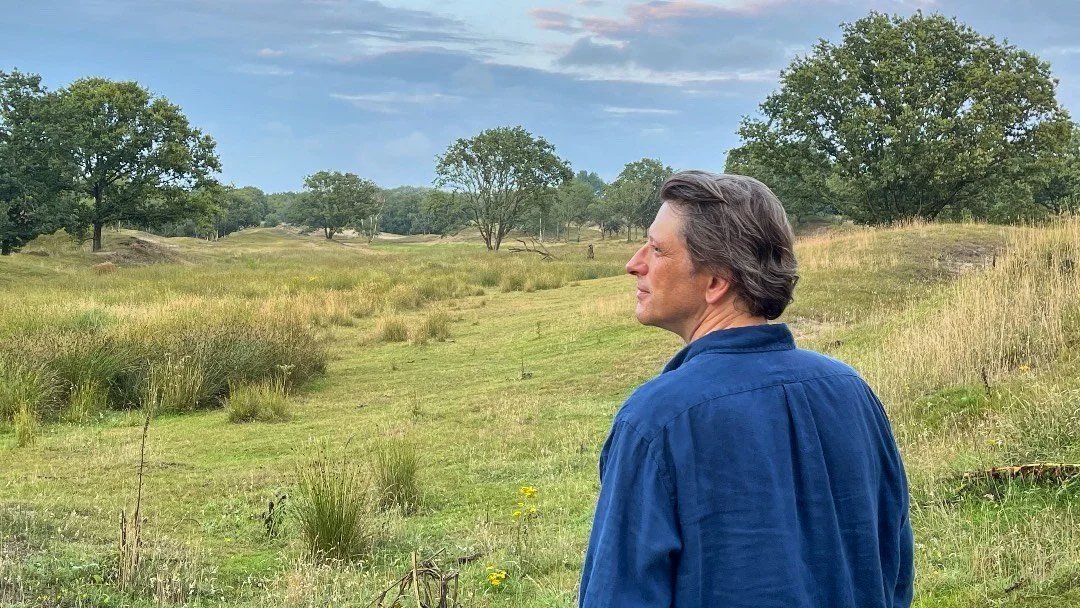What do you think of when people say "ergonomics"? You, like many others, may think 'comfortable chairs and sit-stand desks', but as Guy Osmond, MD of Osmond Ergonomics explains in this podcast, it is more than that. Incorporating Biophilic Design into workplace solutions, ergonomics covers the physical and mental wellbeing of the individual. The word itself comes from the Ancient Greek "ergon" meaning "work" and "nomos" meaning natural law, so ergonomics is the practice of designing a work environment optimised for the individual so they can be the most attentive, most productive and most comfortable at work.
In this podcast Guy gives us, at 00:13:00, THREE TIPS you can do at home to improve your home working. He also shares information from a NASA study on how and why we should move to trigger your anti-gravity muscles.
Millions of people are still working from their kitchen, with a whole bunch of them suffering from neck, shoulder and back problems, as well as mental health issues. If you have ever heard of the term "Magnetic Office", you will probably know that it is a term referring to the pull of the office. If you want your staff to return to your offices, well, just take a look at their design. Can they can work comfortably? Are you considering the well-being management of your workforce? Up your game and think of the bigger picture, and remember the key takeaway from this podcast: the mental and physical health of your staff are interconnected.




















